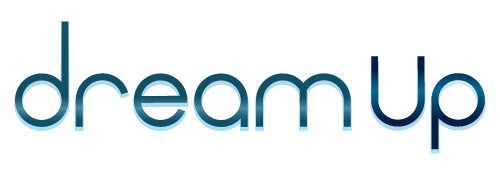Guest Author: Sebastian Chaoui
Did you know that San, Ni, Ichi, Orosu, translates from Japanese to English as 3, 2, 1, liftoff? Incidentally, they were also the final words uttered by a blaring loudspeaker before a rocket carrying Australia’s first ever payload bound for the International Space Station came to life in the form of a blinding fireball headed towards the inky blackness of the night sky.
It was a tense day on Tanegashima island as I watched that same rocket make its final preparations before launch. If this flight was marred by failure, it would mark our 3rd and potentially last opportunity to make history.
The reason is that, for the last two years, the people in my company, Cuberider, have been developing educational technologies that are set to revolutionise the way science will be taught in schools around the world. The Cuberider Space Program inspires students to care about their learning by giving them amazing (literally out of this world) opportunities that even researchers at the top of their respective fields would love.
Our plan was to put code that would execute experiments developed by thousands of Australian students into a payload that was half the size of a cereal box. We would then take that box and give it to our good friends and long time supporters, Nanoracks, whose job it was to co-ordinate all of the resources necessary for our educational payload to fly to the International Space Station. Upon arrival, our payload would be integrated into the station. It would then begin to automatically run the experiments for the students and teachers who had excitedly developed their ideas for the better part of a year. Beaming scientific data back to Earth in an orderly fashion as the little box chugged through line after line of code.
Crazy idea, I know. But if this worked, we would potentially be changing the lives of countless students and educators everywhere. It was a risk we were willing to take. We also had great support from so many people who, like us, believed that this was worth doing. People like Wade McDonough who helped lead our technical developments and Jackie Slaviero who guided us through the completely foreign world of education were the new foundations of our growing success. However, all the idealism and support in the world wouldn’t mean anything if we didn’t deliver on what we had originally promised to schools: to be a part of Australia’s first ever mission to the space station.
As the Japanese rocket began its ascent into the night sky at an ever increasing pace, it became a faint dot spec of light that was slowly being swallowed by the cosmos. The throngs of locals that came out to witness the event slowly started to leave as the most exciting parts were now over. I stayed on to make sure that I saw the rocket disappear completely into the sky. As the auspicious event drew to a close and reality began to set in, a great deal of relief came over everyone on our team. Although our mission wasn’t over, the biggest obstacle was now taken care of. Cuberider was in space!
Once our payload was delivered to the space station several days later. It took us a while to connect it, but all is now well and good. We are now successfully running experiments in space and the impact that it is having on the lives of students is real. Students are completing our program with a new found curiosity about the world around us, a passion for learning and a drive to make a difference in the world through science and technology. Even teachers are finding new joys in teaching traditional syllabus dot points through the lens of our space program.
Cuberider is dedicated to increasing science literacy throughout the world and we understand that improving the science education students receive before they enter the workforce plays an important role. What’s even more important is making the education that young people receive relevant to their dreams and aspirations. We are now increasing the capacity of our space missions and are looking for suitable candidate schools who share our values to take part in our 2017 space mission. If you or anyone you know might be interested in taking part of our life changing space program, let us know today.

